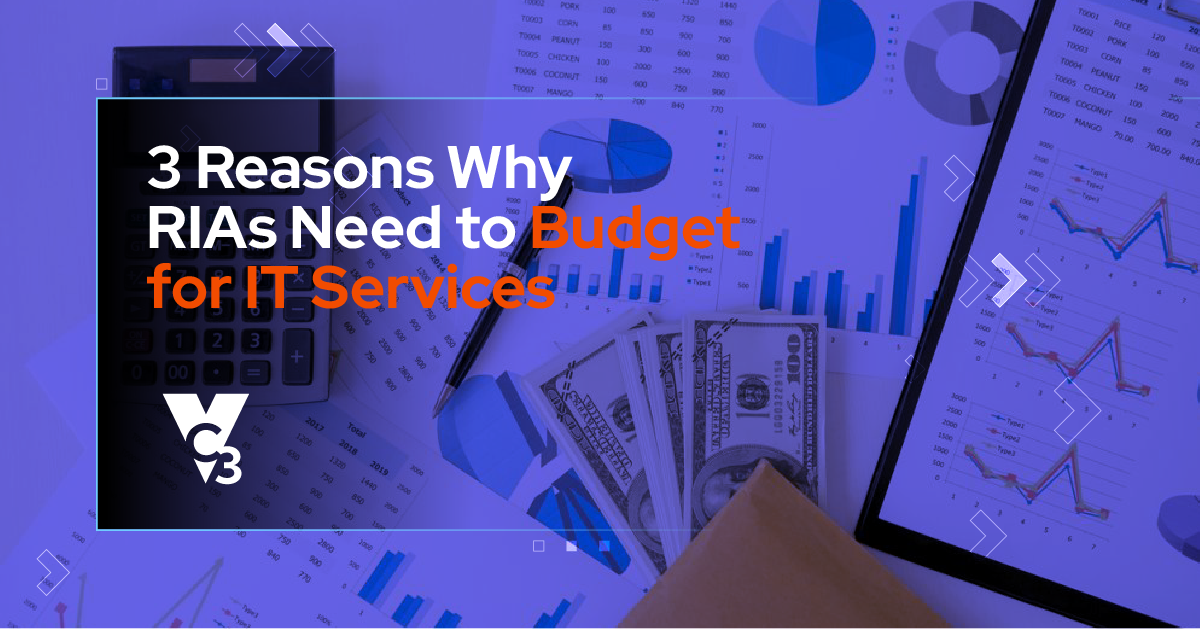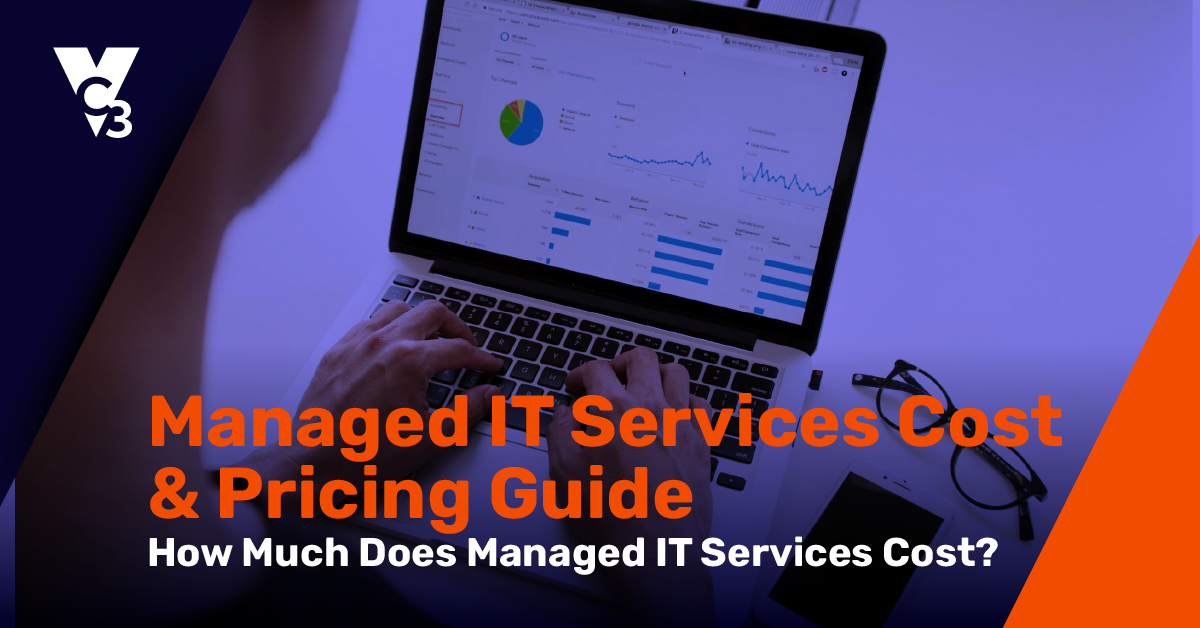A study in late 2019 found that 44% of organizations planned to increase IT spending in 2020. But with COVID-19 and a disrupted economy, many have changed that plan to cut costs. Does that sound familiar?
As the managed IT partner for over 300 organizations, we see budgets of all sizes. We’ve helped organizations prioritize IT investments to maximize return and reduce frustration. Here are the common mistakes we hope you’ll avoid and some better alternatives.
Make a Plan
So where do you start? As a leader in your organization, resist the urge to pull out your red pen and slash the IT budget. While it may be tempting to postpone projects like hardware updates, it is not that simple. Add in something less tangible, like cybersecurity, and it quickly becomes complicated. It is better to start with a more structured and deliberate approach.
Don’t Use Hardware Past End of Life
Organizations often use hardware past its end of life. It may seem like no big deal to continue using that piece of hardware for a little while longer. When that hardware stops working, you are faced with unexpected replacement costs and downtime.
Additionally, there are security risks to consider. Security updates often don't work on older machines, putting your organization at risk for a cyberattack.
Moving your hardware expenses from a capital expense to an operational expense can help protect your organization’s cash flow. Working with a strategic IT partner to utilize desktop virtualization is an easy way to do this.
Don’t Ignore Server Costs
Much like hardware, an unplanned server replacement can cost you both time and money. One option is to audit your existing servers. We’ve found that organizations often have servers they don’t need or are not using effectively. There are added costs associated with a server, such as the cost of the physical space to house it, the cost to support it, and the electrical costs to power it. Reduce the number of servers you have, and these costs also go down.
There are two main ways you can reduce the number of servers you have. First, determine if your servers are being fully utilized. If two are being partially utilized, you may be able to combine the data onto one server. Second, explore a switch to the cloud. Moving data or applications to the cloud eliminates the need for a dedicated server.
Don’t Purchase Equipment that Doesn’t Fit Your Needs
There are a lot of options when it comes to laptops and desktops, and with these options comes a wide range of prices. Employees may need different systems with different specs depending on their job responsibilities. Organizations often take a one-size-fits-all approach resulting in both overspending and under-spending.
Instead, consider moving to desktop virtualization. With a virtual desktop model, you can provision new desktops to your staff with a lower cost of ownership. Because applications and tasks run in a virtual, cloud-based environment, desktop hardware often has a longer lifespan.
Don’t Think of IT as Just Cost
There are situations where spending money upfront on a technology investment can result in massive cost savings in the long run. For many organizations, this includes automation and document management and storage.
Enterprise Resource Planning (ERP) software is a big expense for many organizations, especially implementation costs. As a result, upgrades are often pushed to a later time. As technology has advanced, so have the features and benefits. Many current ERP programs allow you to automate tasks that are being done manually. Automating tasks frees up employees to focus on other things which may reap payroll savings and increased productivity.
Files and paper storage can be a large expense for many organizations, especially those in the professional services field. There are costs for the physical storage location plus the employee time to locate a file when needed. Instead, consider a digital document management solution. Many are scalable as your organization grows, have an easy-to-use interface, and search features. The technology requires an initial investment, but the long-term savings are more than monetary.
Don’t Hire a Jack or Jill of All Trades
Many organizations are better suited to outsourcing IT to save money and improve performance. IT is a specialized field and no one person can do it all. Ideally, you have someone to manage your overall IT, someone to manage your network and servers, someone to handle support requests, and a cybersecurity expert. Instead of your organization shouldering the costs of four IT employees, you can outsource IT to a managed services provider and benefit from multiple experts within the organization.
Don’t Neglect Cybersecurity
Cybersecurity isn’t tangible. We get it. It feels like something you can put off for another time. But cyberattacks are happening more often, and the average cost of an attack is over $1 million. It’s crucial to have a strong defense in place to protect your organization. The risks of cutting cybersecurity far outweigh any financial gains.
Downtime should also be considered. The average downtime from an attack is 16.2 days – that’s over two weeks! Can your organization afford to be inoperable for over two weeks?
Related Post: Multi-factor Authentication: Why Passwords Aren't Enough
Balancing Costs and Prioritizing Needs
How do you balance the IT needs of your organization when faced with the reality of needing to cut costs? What areas of IT can you cut without impacting your organization and employees? Organizations often make mistakes when trying to cut costs because they lack strong IT guidance and only focus on the bottom line.
If your organization is struggling with growing IT costs and no solid plan, it’s time to consider a strategic IT partner. We can help your organization find the best IT solutions for your budget while building an IT roadmap to help your business grow. Contact us today to begin mapping out your IT budget.









